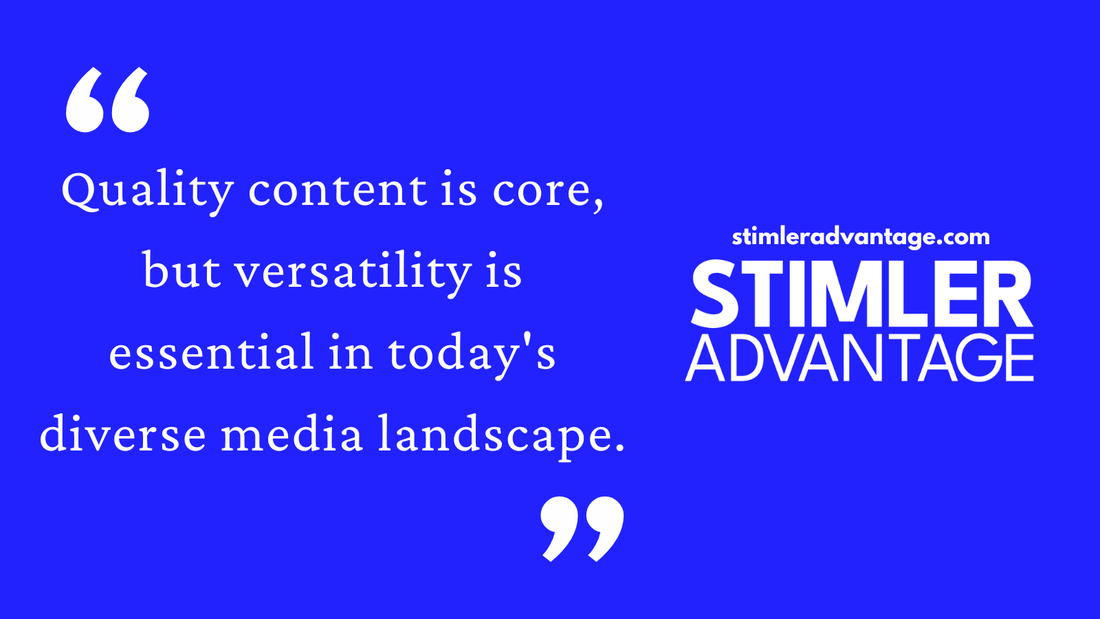Introduction to Media Strategy and Planning at Stimler AdvantageAs part of its services, Stimler Advantage supports organizations in developing an integrated media strategy to reach their target audience and achieve their communication goals. Media Strategy and Planning work is informed by the Stimler Advantage 5 S’s Framework. The media landscape is dynamic, multifaceted, and variable, with constantly shifting ground. Communication environments operate with constant change, fragmentation, and distribution across diverse platforms—from established players to burgeoning newcomers. Navigating this complex ecosystem can be challenging, leaving organizations struggling to craft a sustainable media strategy. 5 Tips for Media and Strategy Planning
Here are some further considerations for Media Strategy and Planning:
Connect with me to discuss your executive management consulting needs. Comments are closed.
|
AuthorNeal Stimler is President of Stimler Advantage. Archives
March 2024
Categories |


